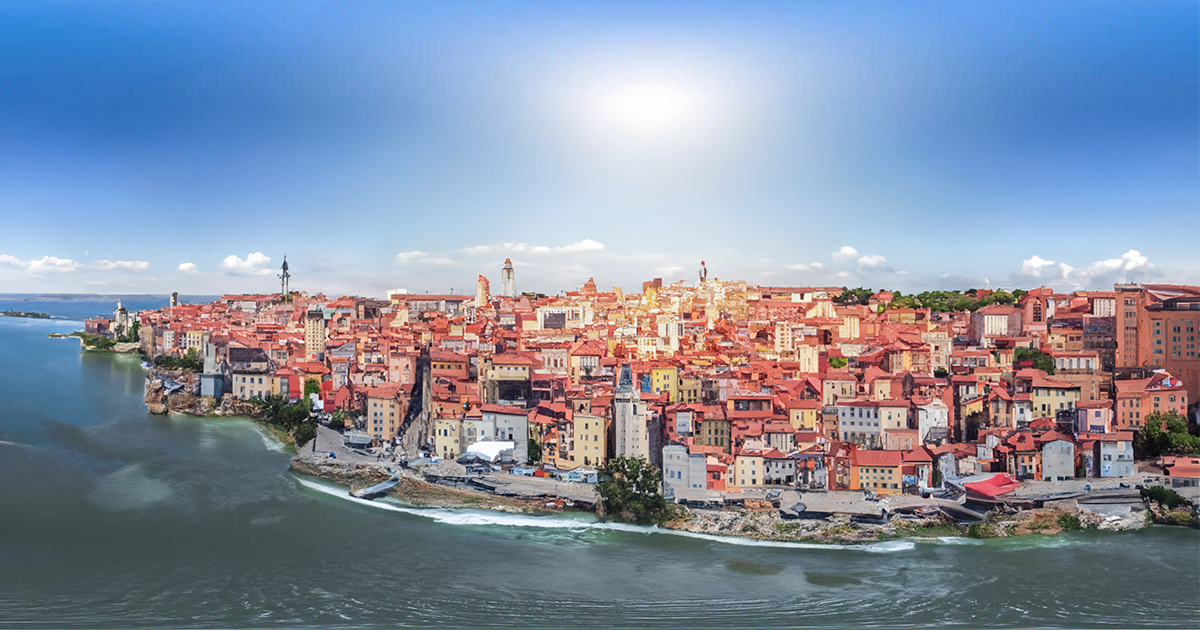In the age of digital innovation, photography has undergone a transformative evolution. Traditional two-dimensional images are no longer the sole medium for capturing and sharing moments. Immersive photography, encompassing 360-degree images and virtual reality (VR) experiences, has emerged as a groundbreaking way to transport viewers into new worlds. This article delves into the fascinating world of 360-degree and VR photography, exploring its applications, benefits, and the technology behind these immersive experiences.
Understanding 360-Degree Photography
360-degree photography, often referred to as panoramic photography, involves capturing a complete view of a scene or environment in all directions. Unlike traditional photography, which provides a limited perspective, 360-degree photography allows viewers to explore an entire space, from floor to ceiling, and everything in between. This immersive experience is achieved by stitching together multiple images or using specialized cameras designed for panoramic shots.
Key Benefits of 360-Degree Photography
- Enhanced Visualization: 360-degree photography offers a more comprehensive and immersive way to visualize spaces, objects, or landscapes. This is particularly valuable in industries like real estate and interior design, where clients can virtually explore properties before physically visiting them.
- Increased Engagement: Interactive 360-degree images can captivate viewers and keep them engaged for longer periods. This engagement is beneficial for businesses looking to showcase their products, venues, or experiences.
- Realistic Documentation: For historical preservation, documentation of crime scenes, or site inspections, 360-degree photography provides a true-to-life representation of the environment. This can be crucial for accurate record-keeping and analysis.
Applications of 360-Degree Photography
- Real Estate: In the real estate industry, 360-degree photography is a game-changer. Potential buyers can take virtual tours of properties, inspect rooms, and get a feel for the layout without leaving their homes. This saves time and narrows down options, making the property search more efficient.
- Tourism and Hospitality: Tourist destinations, hotels, and resorts use 360-degree photography to showcase their offerings. Travelers can explore hotel rooms, scenic viewpoints, and attractions, helping them make informed decisions about their trips.
- E-commerce: Online retailers employ 360-degree product photography to let customers examine products from every angle. This increases trust and reduces the likelihood of returns.
Understanding Virtual Reality (VR) Photography
Virtual Reality (VR) photography takes 360-degree imagery a step further by integrating it into a fully immersive digital environment. VR photography is primarily experienced through VR headsets or mobile apps, allowing users to explore simulated worlds as if they were physically present.
Key Benefits of VR Photography
- Total Immersion: VR photography immerses users in a complete, interactive environment. This level of immersion is unparalleled, making VR experiences highly engaging and memorable.
- Storytelling and Education: VR can be a powerful tool for storytelling, education, and training. Museums, schools, and businesses use VR photography to create immersive learning experiences.
- Enhanced Interactivity: VR environments can be designed to respond to user actions and inputs, creating dynamic and personalized experiences.
Applications of VR Photography
- Gaming: VR has revolutionized the gaming industry, enabling players to step into virtual worlds and interact with them. From action-packed adventures to relaxing simulations, VR gaming offers diverse experiences.
- Education and Training: VR is used in education to provide students with hands-on learning opportunities. Medical students can practice surgeries, pilots can simulate flight training, and engineers can design and test prototypes in a virtual space.
- Tourism and Entertainment: Virtual tours and experiences allow users to visit iconic landmarks, attend live concerts, or explore distant worlds—all from the comfort of their homes.
The Technology Behind Immersive Photography
Creating 360-degree and VR photography involves specialized equipment and software:
- Cameras: For 360-degree images, cameras like the Ricoh Theta and Insta360 series are popular choices. VR photography often uses cameras capable of capturing 360-degree video and audio, such as the Oculus Quest.
- Stitching Software: Multiple images captured by 360-degree cameras need to be stitched together seamlessly. Software like Adobe Photoshop or dedicated stitching programs like PTGui perform this task.
- VR Headsets: VR experiences require headsets like the Oculus Rift, HTC Vive, or PlayStation VR. These devices track head movements and provide a fully immersive experience.
Summary
360-degree and VR photography have ushered in a new era of visual storytelling and engagement. From transforming the way we shop for real estate to revolutionizing education and gaming, these immersive technologies are becoming integral parts of various industries. As technology continues to advance, the possibilities for immersive photography are limitless, promising even more captivating and interactive experiences for users worldwide. Whether you’re a business owner seeking innovative marketing tools or an enthusiast looking to explore new dimensions, 360-degree and VR photography offer a window into a world of endless possibilities.
